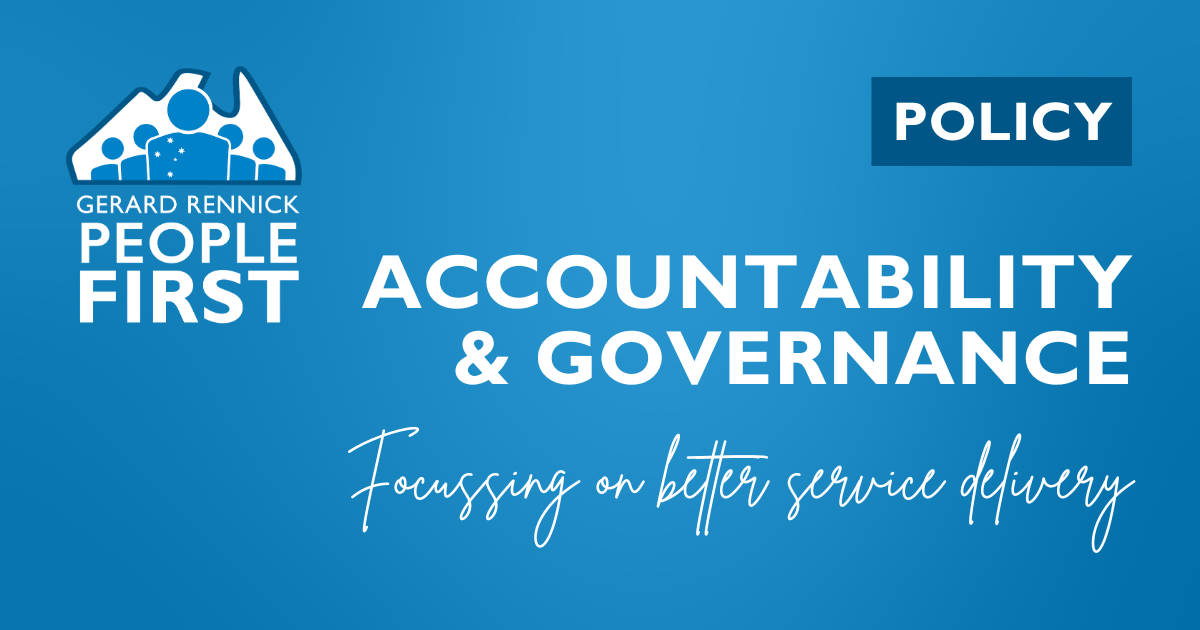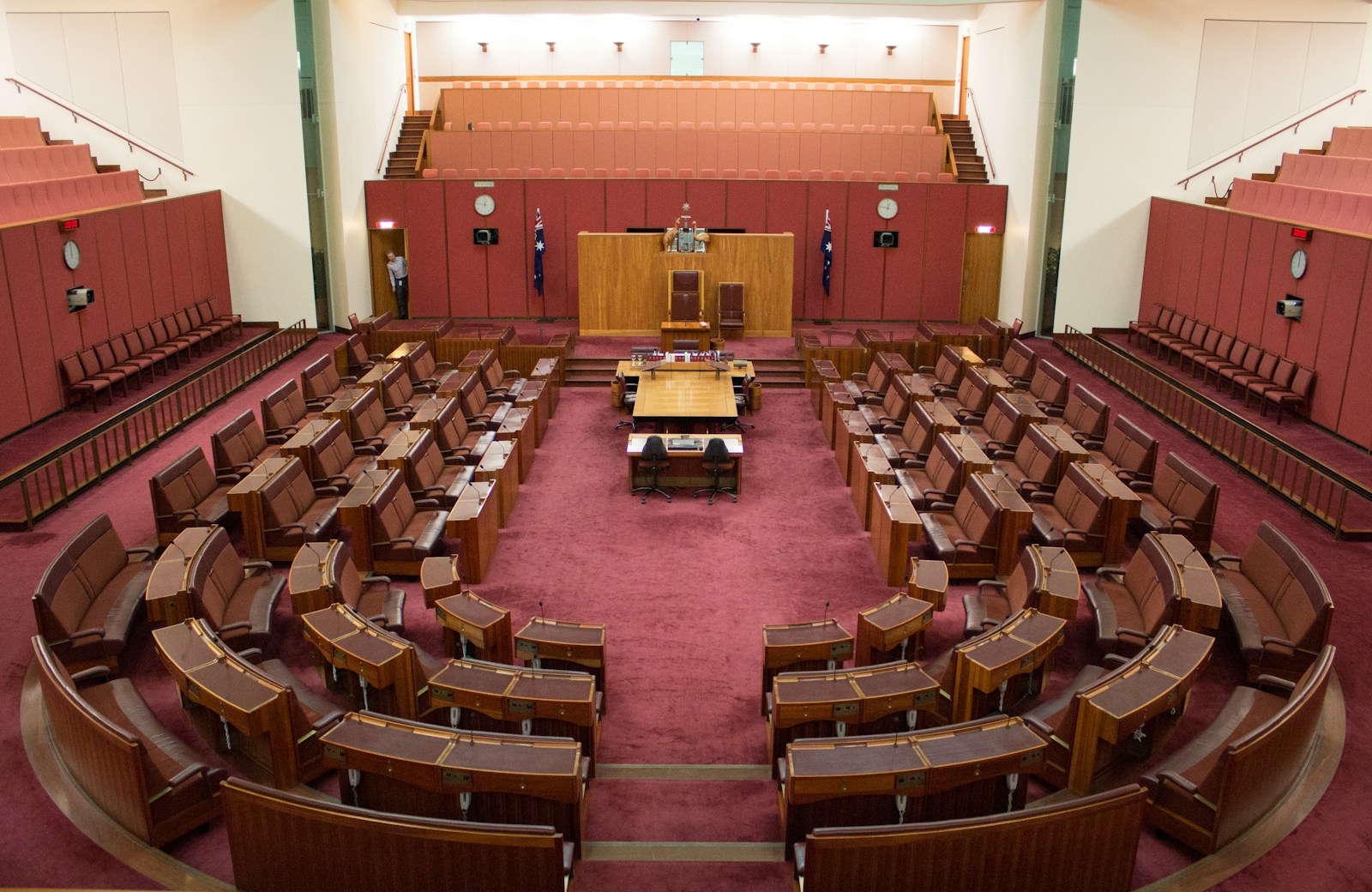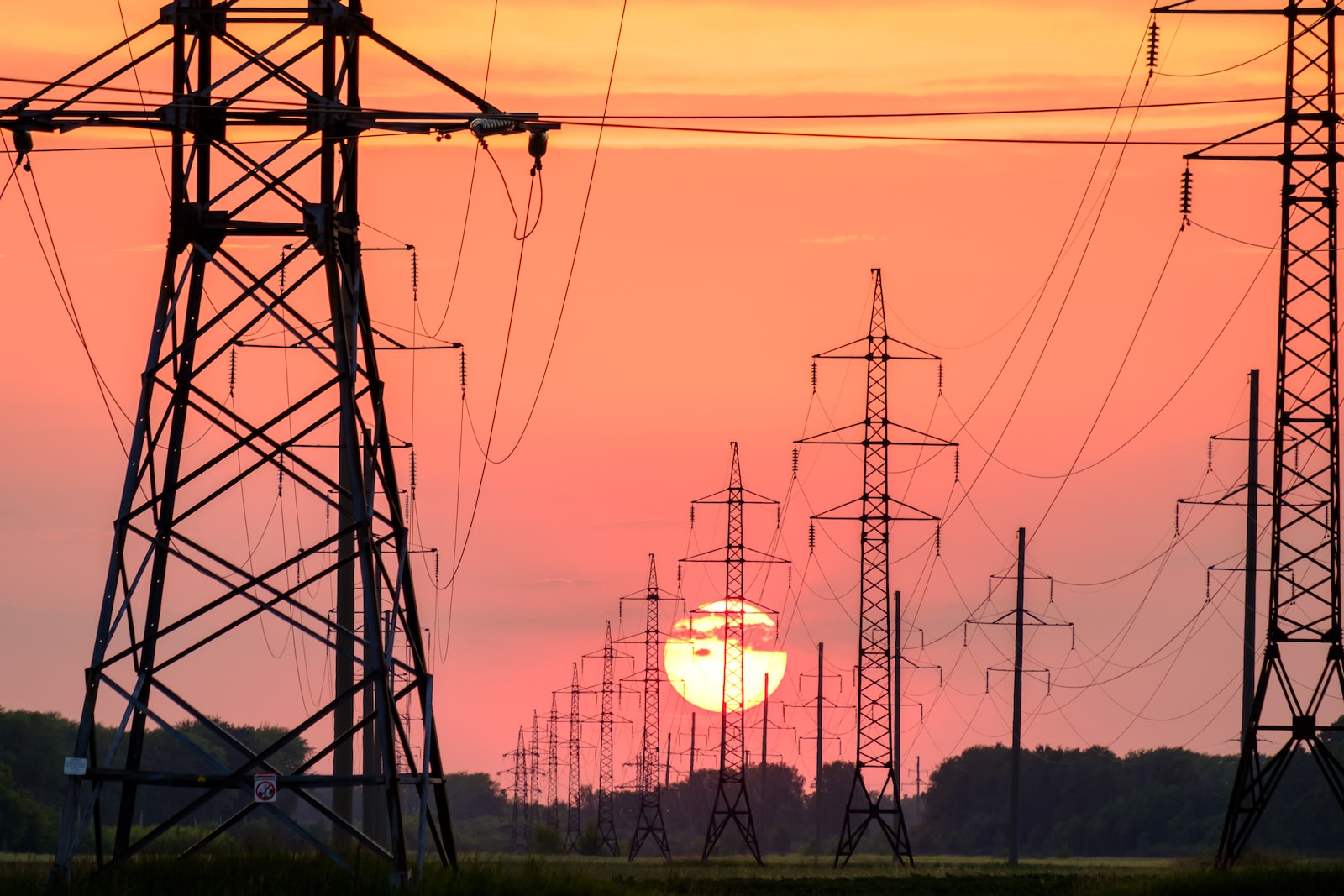Question Number: 223
PDR Number: SQ22-000282
Date Submitted: 21/11/2022
Department or Body: Department of Climate Change, Energy, the Environment and Water
1. The Australian Government’s Powering Australia plan sets out how it will support and drive change across all sectors of the economy to meet its 2030 target of a 43 per cent reduction in Australia’s greenhouse gas emissions, relative to 2005 levels. The Department of Climate Change, Energy, the Environment and Water is leading delivery of many of the policies and measures included in that plan. Some of the Powering Australia measures have specific, quantified targets. For example, the Government will invest $224.3 million to help install 400 community batteries, and will invest $39.3 million, matched by the NRMA, to roll out 117 fast-charging stations along highways across Australia. The Australian Energy Market Operator’s (AEMO) 2022 Integrated System Plan (ISP) is a comprehensive roadmap for the National Electricity Market out to 2050 (SQ22-000198 addresses kilometres of transmission required by 2030 under the ISP). The step change scenario modelled in the 2022 ISP indicates that by 2030-31 the growth and share of wind capacity will be approximately 24 gigawatts (GW) and the growth and share of utility-scale solar will be 5 GW. The individual number of panels and turbines is subject to specifications for each project and the outcomes of relevant environmental and planning approvals. The environmental impacts of transmission projects will be evaluated through these approvals processes.
2 As with any major project, large-scale renewable projects and associated transmission infrastructure may require assessment and approval under the Environment Protection and Biodiversity Conservation Act 1999 (the EPBC Act). The project’s location, nature and activities will determine the assessment and approvals required. Other Powering Australia measures will target emission reductions but allow businesses to choose what actions to take. For example, the Government is reforming the Safeguard Mechanism to require Australia’s largest greenhouse gas emitters to gradually reduce their net emissions over time. Facilities may adopt new technologies, switch to clean fuels, change their production processes, or purchase credits from other businesses that have more cost-effective emissions reduction opportunities. Businesses will determine what actions best suit their needs, not the Government. The Climate Change Act 2022 requires that the Minister for responsible for that Act reports on Australia’s progress towards its emissions reduction targets in an annual statement to Parliament. This statement will include analysis of of the effectiveness of the Commonwealth’s policies in reducing emissions, and risks to Australia from climate change impacts, such as those relating to Australia’s environment, biodiversity and infrastructure.
2. See answer to Q1.






























